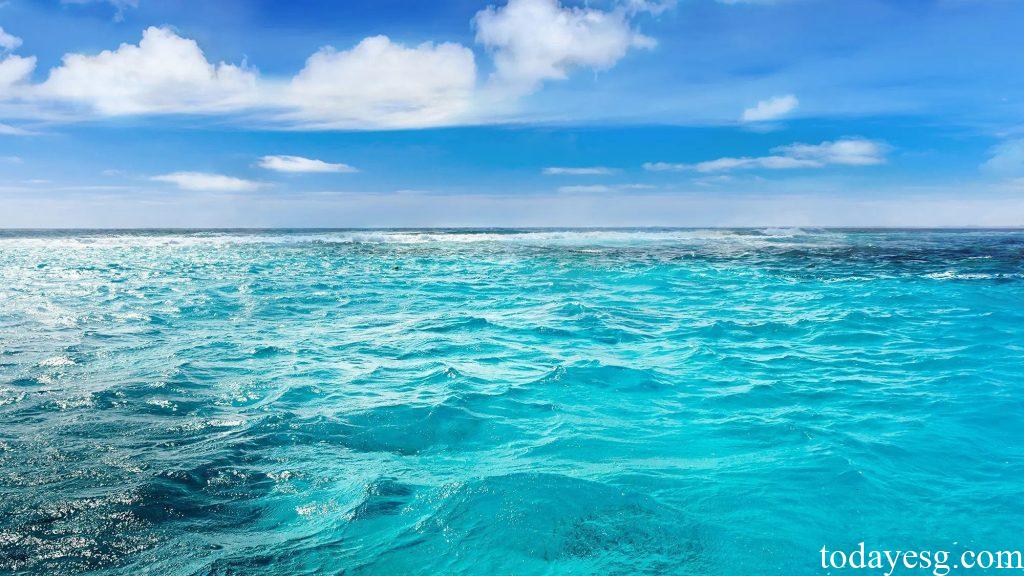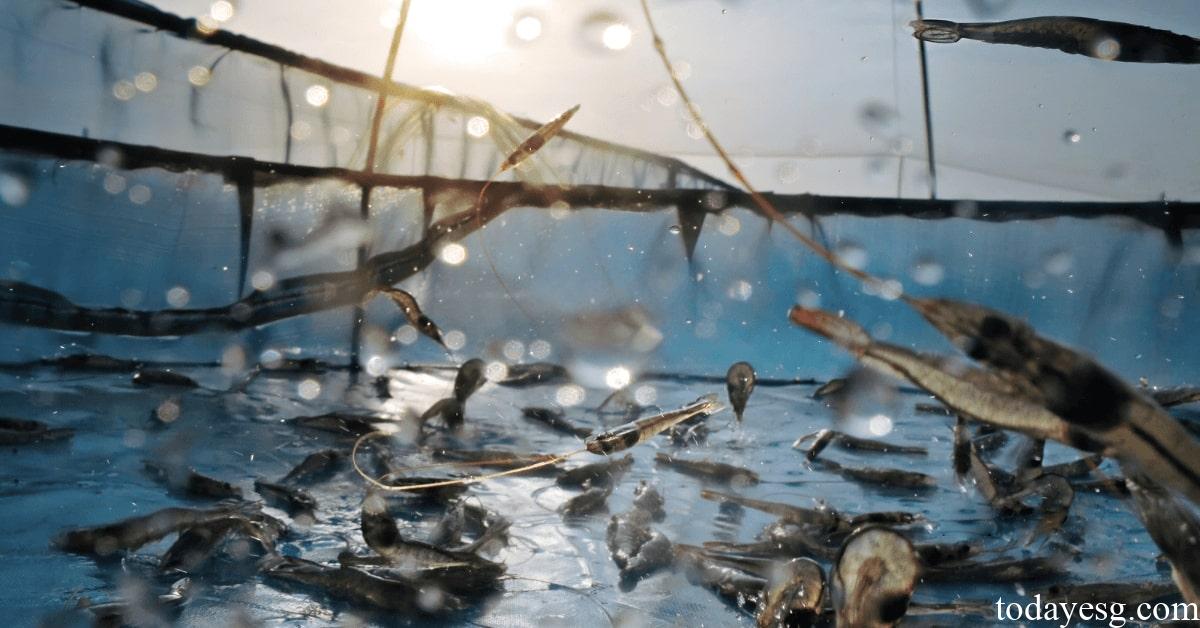Sustainable Aquaculture Report
The World Economic Forum (WEF) releases a report on sustainable aquaculture, detailing the future development of blue food and providing solutions for global sustainable aquaculture industry.
The global population exceeds 8 billion in 2022. How to meet human demand for food in a sustainable way is a potential challenge. Blue food from oceans, rivers and lakes is the most widely traded food in the world and has provided nutrition for billions of people. The carbon footprint of blue food is lower than that of food produced on land, which is crucial to improving global food and nutrition security.
WEF predicts that the global demand for blue food will double in 2050, and most of it will be met by aquaculture production, so the sustainable development is crucial. Responsible development of the industry can bring greater social, economic and environmental benefits.
Blue Food and Aquaculture Industry
The Food and Agriculture Organization of the United Nations predicts that the global aquaculture production will reach 106 million tons in 2030, an increase of 32% over 2020. The Blue Food Partnership also releases the Road to Sustainable Aquaculture Report last year. It believes that aquaculture industry is very important for achieving the United Nations Sustainable Development Goals (SDGs) and can effectively protect biodiversity.
WEF believes that sustainable aquaculture can produce healthy, nutritious and accessible blue food that is beneficial to human beings and the earth. Through scientific research methods, this report sets up a sustainable aquaculture development path, encourages stakeholders to take action and make contributions.

Sustainable Aquaculture Development Path
WEF has formulated four development paths for sustainable aquaculture, namely:
- Strengthen responsible production. There are many ways to improve production regarding production strategy, production scale and breeding species. For example, small-scale producers account for two-thirds of the total output of blue food, but their opportunities for investment and training are different due to different business modes. Responsible production can start with these small and medium-sized producers and provide them with improvement programs and resources;
- Improve the working conditions of the labor force. Small-scale producers account for about half of the labor force in the production supply chain, but they bear more risks of market instability and participate in the distribution of benefits. Although large companies have improved working conditions in terms of productivity modernization, the development of the overall value chain still needs to consider investing in all practitioners. It is the key to the sustainable development to provide these labors with fair treatment;
- Promote healthy consumption of blue food. There are huge differences in access to nutritious and safe blue food around the world. These differences mainly depend on production costs, distribution logistics and trade activities, which may exacerbate unsustainable consumption patterns. The blue food industry needs to improve consumers’ dietary diversity and promote the benefits of blue food in order to increase the demand;
- Provide a favorable environment for development. At present, the annual output value of global aquaculture exceeds $ 240 billion, which is the fastest growing food production industry. A reasonable development environment can provide incentives for sustainable aquaculture, such as helping producers obtain transparent data, encouraging technological innovation and formulating mixed financing strategies. These behaviors can reduce the operating costs and production risks of the industry to achieve sustainable growth;
Sustainable Aquaculture Recommendations
WEF believes that stakeholders can take the following measures to promote the development of sustainable aquaculture:
- Incorporate sustainable aquaculture into the company’s business and operation strategy;
- Incorporate sustainable aquaculture into the monitoring and evaluation of aquaculture value chain;
- Use sustainable methods to provide information for investment decision-making;
- Develop the sustainability report of blue food;
Reference:
Global Sustainable Aquaculture Roadmap: Pathways for Systemic Change








